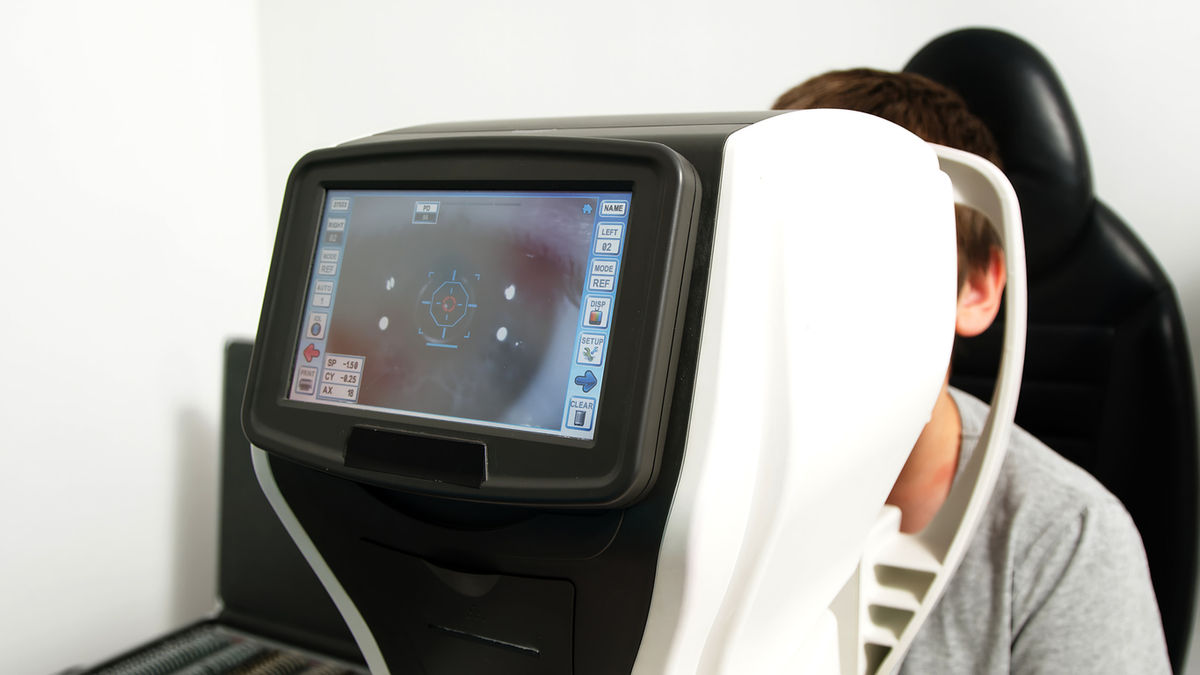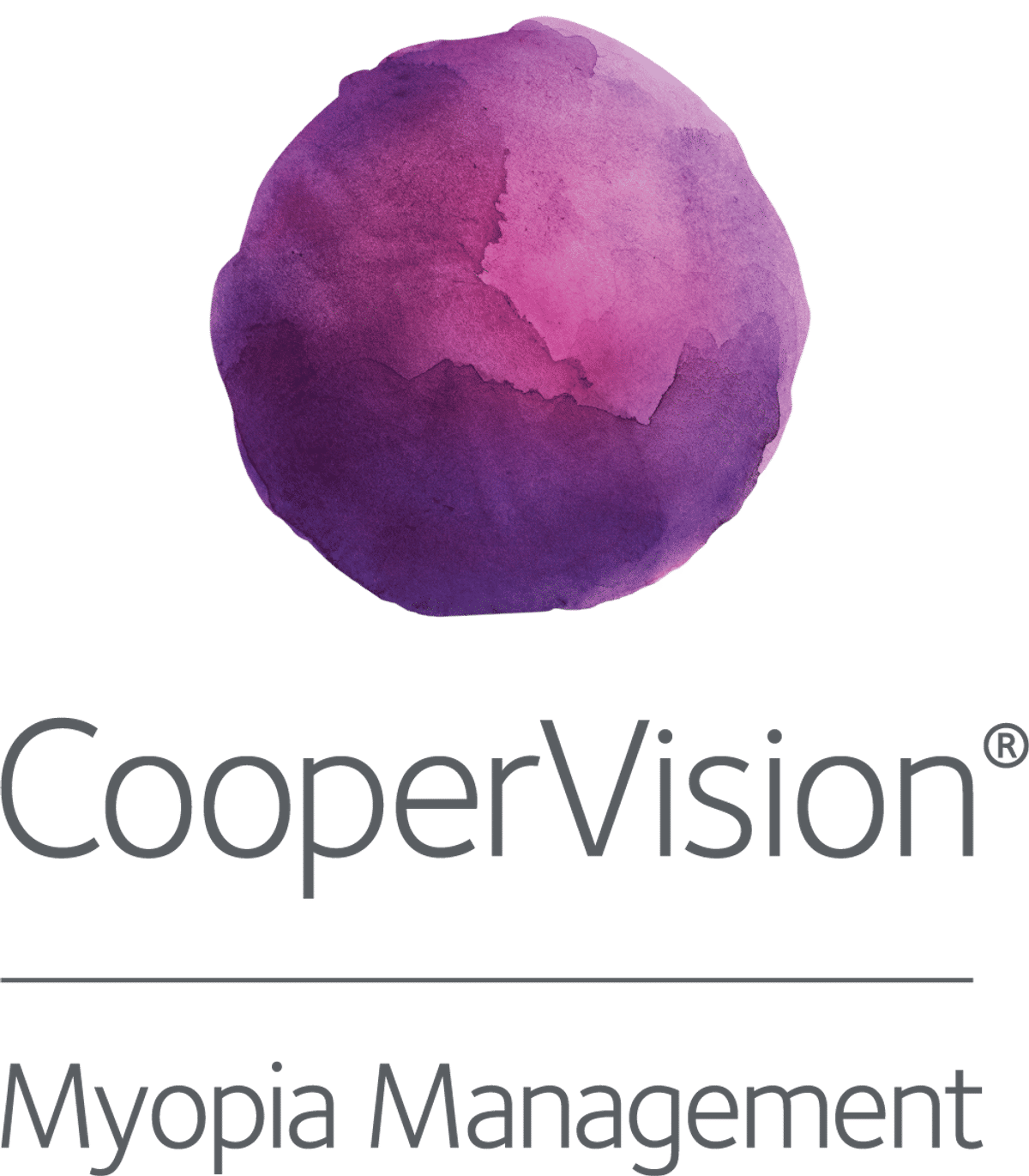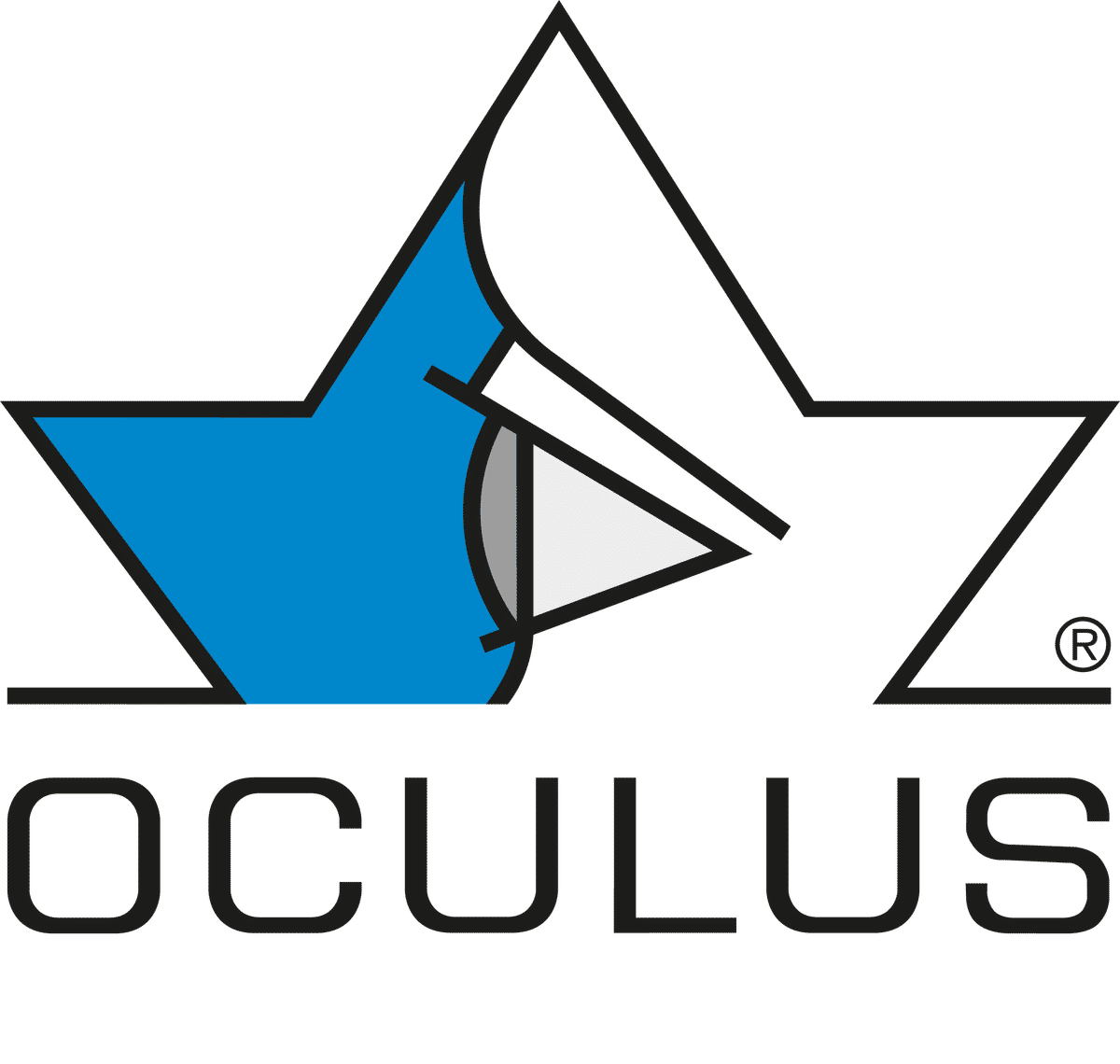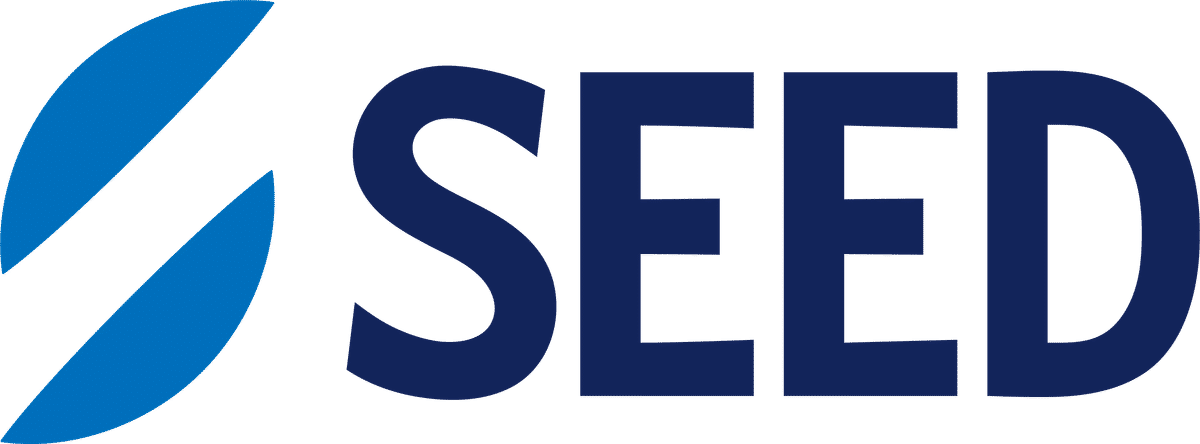Science
Estimating axial length using refraction and keratometry

In this article:
This study developed and validated a formula to estimate axial length from spherical equivalent refraction and corneal curvature using data from two large paediatric cohorts. The formula achieved ±0.73 mm agreement with biometer values. This can be useful for determining risk of visual impairment in cases where access to an optical biometer for axial length measurement is limited.
Paper title: Estimation of ocular axial length from conventional optometric measures
Authors: Morgan PB (1), McCullough SJ (2), Saunders KJ (2)
- Eurolens Research, Division of Pharmacy and Optometry, University of Manchester, Dover Street, Manchester M13 9PL, United Kingdom
- Centre for Optometry and Vision Science Research, Ulster University, Cromore Road, Coleraine BT52 1SA, United Kingdom
Date: Published online November 27, 2019
Reference: Morgan PB, McCullough SJ, Saunders KJ. Estimation of ocular axial length from conventional optometric measures. Cont Lens Anterior Eye. 2020 Feb;43(1):18-20. Erratum in: Cont Lens Anterior Eye. 2020 Aug;43(4):413.
Summary
Myopia is typically classified by refractive error, but axial length is more closely linked to long-term risks like retinal detachment and glaucoma. Since optical biometers are expensive and not widely available in primary care, the authors proposed a method of estimating axial length from simple optometric measurements. This study aimed to develop and validate a formula using refractive error and corneal curvature to estimate axial length.
The formula was:
where ‘A’ is axial length in millimetres, ‘k’ is mean anterior corneal radius of curvature and ‘S’ is the best spherical refractive error at the corneal plane.
The study used data from two sources: a 3-year myopia control trial involving CooperVision MiSight lenses and the Northern Ireland Childhood Errors of Refraction (NICER) study. The first dataset included 144 children aged 8–12 years who underwent annual assessments including cycloplegic and non-cycloplegic refraction, corneal topography, and axial length measurement. A linear mixed model was developed to predict axial length from spherical equivalent refraction and mean anterior corneal curvature. The formula was validated using the NICER dataset of 1,046 participants aged 6–22 years.
Key findings were as follows.
- Axial length could be estimated within ±0.73 mm (±3.0%) of biometer readings using the formula.
- Inclusion of keratometry improved prediction accuracy; refractive error alone yielded a larger error margin of ±1.26 mm.
- Results were similar between cycloplegic and non-cycloplegic refractions.
- Validation on a separate dataset showed similar agreement (±0.86 mm), with calculated values averaging 0.13 mm longer than measured values.
What does this mean for my practice?
For eye care practitioners, particularly those in primary care settings or without access to a dedicated biometer, this study offers a valuable tool for estimating a patient’s axial length. By combining routinely collected data—spherical equivalent refraction and corneal curvature—clinicians can apply a validated formula to estimate absolute axial length within approximately ±0.73 mm of true biometer values. This estimate can be useful when discussing myopia risk, particularly when referencing published risk categories based on axial length (e.g. <24 mm, 24–26 mm, etc.) to inform decisions about initiating myopia management.
Incorporating corneal curvature measurements alongside refraction significantly improves the estimate’s accuracy compared to using refractive error alone. This insight reinforces the clinical value of keratometry as more than a tool for contact lens fitting, highlighting its role in risk assessment for myopic pathology. Additionally, the formula demonstrated consistent results across both cycloplegic and non-cycloplegic datasets, and held up well even when validated with a separate population measured using different instruments.
However, it is important to note that the formula was not designed to detect small changes in axial length over time. Its 95% limits of agreement—approximately ±0.73 mm—are too large for monitoring myopia progression, where year-to-year axial elongation may be as small as 0.10–0.20 mm.1 As a result, the formula may be better suited to estimating axial length at a single time point rather than for tracking progression over time. While the authors viewed ±0.73 mm as a modest variation, this could equate to a refractive error of around 1.83 D—potentially significant in a clinical setting. 2
What do we still need to learn?
This study has several limitations. First, the derived formula was based on data from a specific age group—children aged 8–12 years—and validated in a population aged 6–22 years. While this provides a useful starting point, the formula may not perform as accurately outside these age ranges. Second, although the method was validated using a separate dataset, the two studies employed different instruments and measurement protocols, which could introduce variability not fully accounted for in the analysis. The authors acknowledge that further work is needed to understand how the formula performs across different clinical populations and with alternative equipment.
While the method is promising as a low-cost alternative for risk stratification, it is not suitable for monitoring the progression of myopia. Future research should aim to refine the formula for higher precision, and robustness when validated against different age groups, instrumentation, and broader clinical settings.
The formula was also investigated in a predominantly Columbian cohort, and was not found to be sufficiently accurate: you can read the summary in our science article Can we accurately estimate axial length?
Meet the Authors:
About Jeanne Saw
Jeanne is a clinical optometrist based in Sydney, Australia. She has worked as a research assistant with leading vision scientists, and has a keen interest in myopia control and professional education.
As Manager, Professional Affairs and Partnerships, Jeanne works closely with Dr Kate Gifford in developing content and strategy across Myopia Profile's platforms, and in working with industry partners. Jeanne also writes for the CLINICAL domain of MyopiaProfile.com, and the My Kids Vision website, our public awareness platform.
References
- Hou W, Norton TT, Hyman L, Gwiazda J; COMET Group. Axial Elongation in Myopic Children and its Association With Myopia Progression in the Correction of Myopia Evaluation Trial. Eye Contact Lens. 2018 Jul;44(4):248-259.
- Galvis V, Tello A, Rey JJ, Serrano Gomez S, Prada AM. Estimation of ocular axial length with optometric parameters is not accurate. Cont Lens Anterior Eye. 2022 Jun;45(3):101448
Enormous thanks to our visionary sponsors
Myopia Profile’s growth into a world leading platform has been made possible through the support of our visionary sponsors, who share our mission to improve children’s vision care worldwide. Click on their logos to learn about how these companies are innovating and developing resources with us to support you in managing your patients with myopia.












